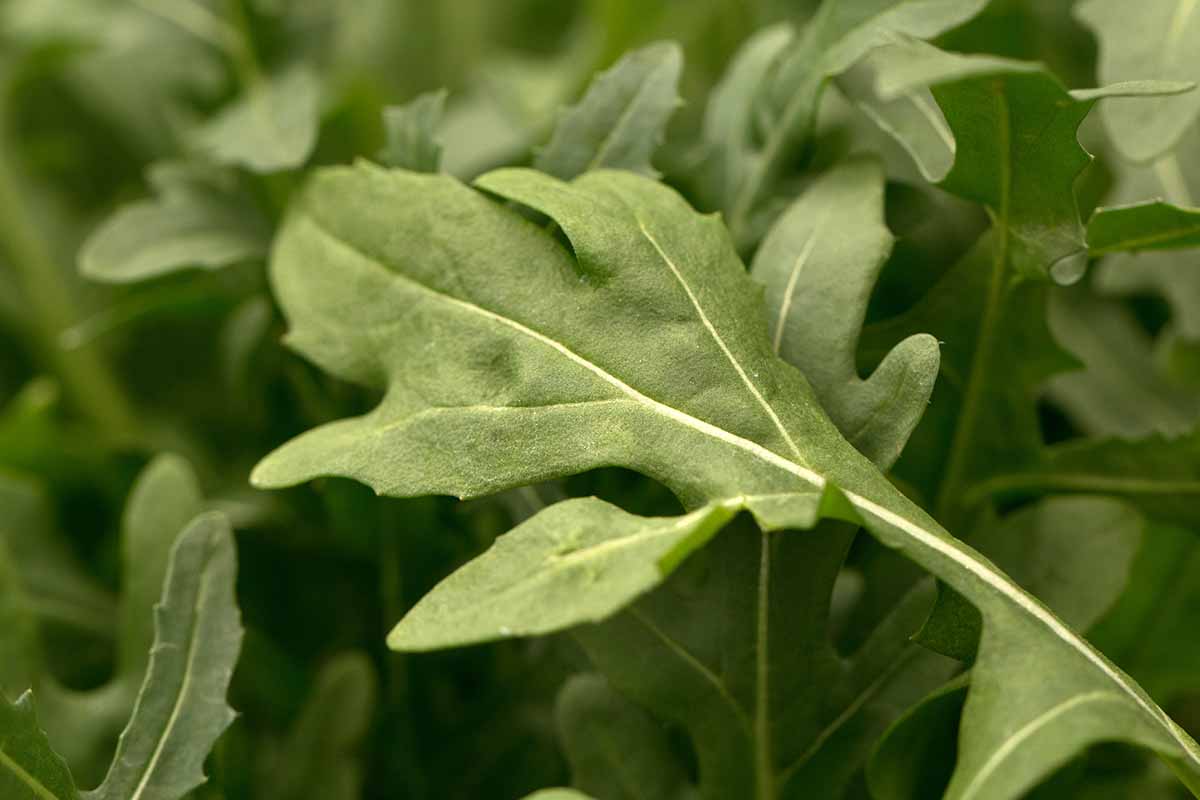Arugula also known as rocket salad or rucola is a fast-growing leafy green vegetable packed with nutrients like vitamin K, vitamin C, and folate. Its peppery, nutty flavor makes arugula a popular addition to salads, pizzas, sandwiches, and more. However, like any plant, arugula is susceptible to various pests that can wreak havoc on your crop. Knowing how to prevent and control common arugula pests is key to ensuring a healthy harvest.
Common Arugula Pests
Some of the most problematic pests for arugula plants include:
Aphids
These tiny, pear-shaped insects come in colors like green, yellow, black, or pink. Aphids suck the sap out of arugula leaves, causing them to curl, pucker, yellow, and wilt. They also secrete a sticky substance called honeydew that can attract other pests and encourage mold growth
Flea Beetles
Tiny black or brown beetles that jump when disturbed. Flea beetles chew holes in arugula leaves, stunting growth. They are most active in spring and fall.
Cutworms
Plump, caterpillar-like larvae that chew through arugula stems at the soil line, causing sudden wilting. They feed at night and hide in the soil by day.
Cabbage Loopers
Pale green caterpillars with white stripes that voraciously eat large, ragged holes in arugula leaves. They are the larvae of grey or brown moths.
Slugs & Snails
These slimy mollusks chew irregular holes in arugula leaves, usually at night or on overcast, rainy days. They leave behind telltale silvery trails of mucus.
Preventing Arugula Pest Problems
The old adage “an ounce of prevention is worth a pound of cure” certainly applies to managing pests in the arugula garden. Here are some tips to help prevent infestations:
-
Practice crop rotation from year to year to prevent pest populations from building up in the soil. Avoid planting arugula in the same spot two years in a row.
-
Keep the garden free of weeds, which can harbor pests.
-
Use row covers to form a physical barrier against flying insects looking to lay eggs.
-
Introduce beneficial insects like ladybugs, lacewings, and parasitic wasps that prey on common arugula pests.
-
Use compost and organic fertilizers to improve soil health naturally, making plants more resilient to pests.
Controlling Arugula Pests Organically
If prevention fails and pests attack your arugula plants, there are several organic, non-toxic solutions to get the problem under control:
Insecticidal Soaps
Insecticidal soaps made from potassium salts of fatty acids can control soft-bodied insects like aphids by disrupting their cell membranes. Spray directly on infested plants.
Neem Oil
Extracted from the seeds of the neem tree, this oil coats insects and interferes with their feeding and reproduction. It also repels pests.
Diatomaceous Earth
This chalky powder made from fossilized algae kills insects by scratching their waxy protective coatings and causing dehydration. Dust onto plants.
Bacillus thuringiensis (Bt)
A bacteria that produces toxins effective against larvae like cabbage loopers and cutworms but harmless to people. Apply as a foliar spray.
Row Covers
Floating row covers formed from fabric let in sunlight, air, and water while excluding pests like cabbage worms. Drape loosely over plants.
Hand-picking
For small gardens, simply pick pests like snails, slugs, and cabbage loopers off plants and drop them into soapy water. Check under leaves for egg clusters.
When to Take Action
Inspect arugula frequently, at least once a week, for signs of pest damage. Take action at the first signs of infestation before it can spread. Focus on removing pests by hand or spot treating with organic sprays. Monitor your efforts to see if pest populations are kept under control.
Catching arugula pest problems early and using a combination of preventative measures and organic control methods will help you grow a bountiful crop of delicious, nutritious arugula all season long. With proper management, your arugula will thrive pest-free and ready for harvest.

Vigilance is Key
Regular checks are non-negotiable. Think of them as routine security sweeps for your leafy greens. Catching an infestation early can mean the difference between a minor annoyance and a full-scale leafy green apocalypse.
Water the base, not the leaves, to avoid creating a pest paradise. Moist soil is good; soggy leaves are a dinner invitation. Also, consider a light mulch to keep the soil moist and deter weeds that can harbor pests.
Encourage beneficial insects like ladybugs and lacewings. Theyre not just pretty faces; theyre your personal arugula army. And if flea beetles are turning your leaves into Swiss cheese, diatomaceous earth is your friend—just make sure its food safe.
️ Pests and Diseases: A Double Whammy
While arugula is somewhat resistant, its not immune to the scourge of pests and diseases. Flea beetles create a constellation of holes in the foliage, and cabbage worms are the very definition of unwelcome guests. Diseases like downy mildew and bacterial leaf spot may follow in the wake of these pests, exploiting the weakened state of your plants.
7 Pests You Probably Have In Your Garden (And What To Do)
FAQ
How to protect arugula from pests?
What pesticide is used on arugula?
How to maintain an arugula plant?
What is eating holes in my arugula?
